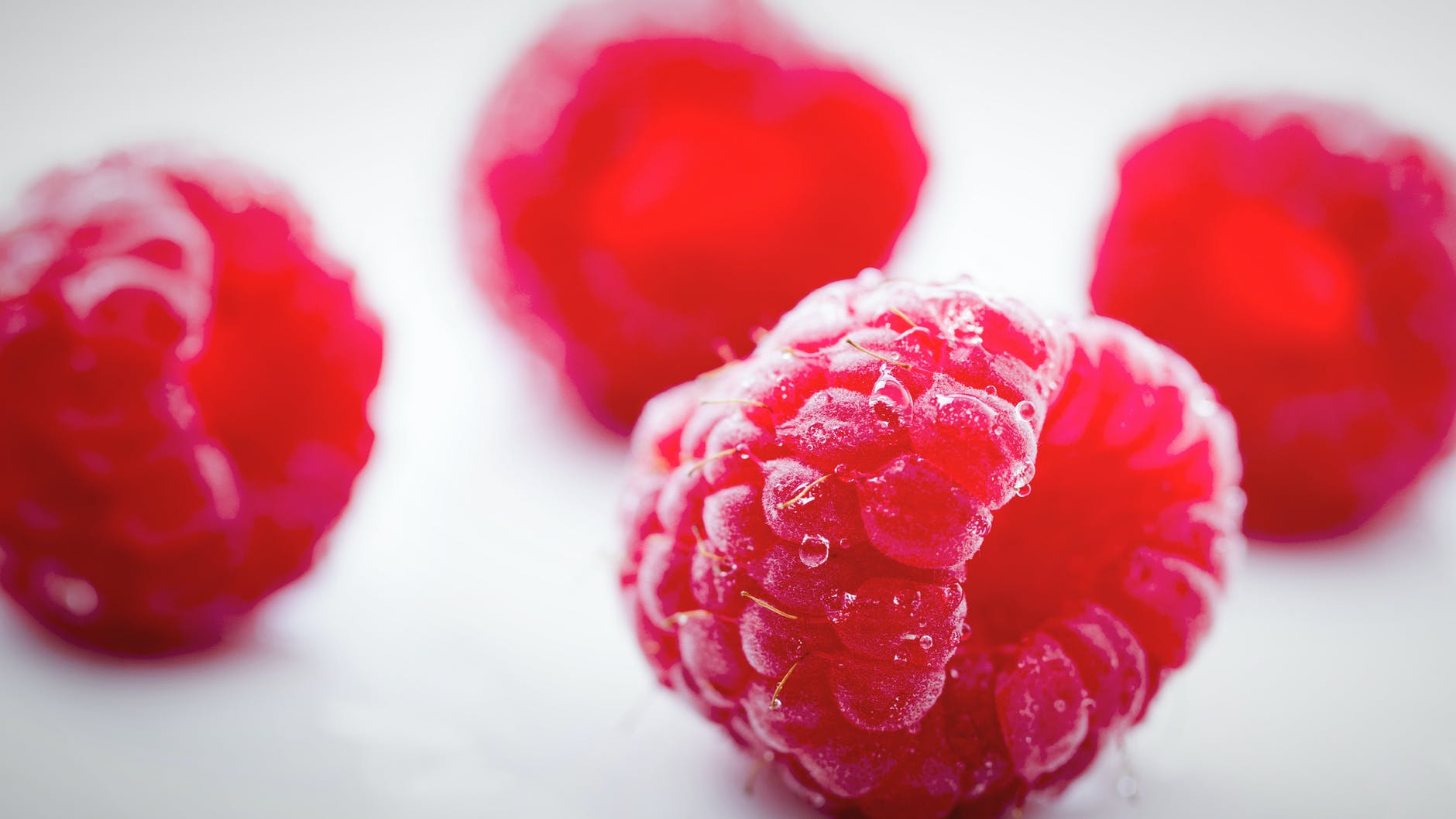Enthusiasts who have tasted physalis in Italy know it as one of the many exotic fruits, which comes from the tropical climates of South America. But it is among the berries that the physalis is having the most interesting sales performance.
The physalis is a berry that when fully ripe, at harvest time, reaches an intense yellow colour; it is spherical in shape and has a diameter of about 2 cm. The fruit is surrounded by a goblet (inedible) which covers it like a delicate tissue; it is native to South America (Colombia and Peru) and has found wide diffusion also in South Africa. It is available 12 months per year.

With a consistency similar to tomato (both belong to the Solanaceae family), it has a citrusy, refreshing taste on the palate with a hint of vanilla. Inside there are small soft seeds similar to those of the tomato.
WHAT'S HIS NAME
The physalis (lat. physalis peruviana) is known by such a variety of names that choosing a unique name is becoming an important marketing issue. The fruit is in fact also called Aguaymanto, Inca Berry (for its Andean origin), Cape Gooseberry (gooseberry of the Cape, from its spread in South Africa), Ground Cherry (soil cherry, for the shrubby bearing of the plant); in Italian it is also called golden berry, uvilla, coztomate, Peruvian soil cherry, pogapoga, wild tomato or tomatillo, alchechengio peruviano or uciuva (Italian transliteration from Andean Spanish uchuva). In the Quechua language it is also called topotopo.
This list is joined by trade names such as Golden Berry (for colour) and Pichuberry (inspired by its Andean origin).

EXOTIC FRUIT
As an exotic fruit it is normally packed in small 100g plastic baskets. The individual fruits are protected by the goblet which naturally increases their shelf life to over a month. So it can easily travel by ship and reach markets all over the world without having to resort to expensive and polluting air transport.

Once purchased, it should preferably be stored in the upper part of the refrigerator, as its ideal temperature is between 8° and 12° C.
SMALL YELLOW FRUIT
But it is without its protective tissue that the physalis is carving out a place for itself alongside the berries. The calyx is removed by hand before retail sale: this is done no earlier than 24 hours after delivery as it reduces the shelf-life of the fruit to 4-5 days.
In baskets or glasses this fruit is attractive because of the regularity of the fruit and its colour: the bright yellow is unique among the berries.
YELLOW IN THE MIX
The next step in developing the segmentation of physalis is as an ingredient in the mixed packs of berries: combined with the red of the raspberry or strawberry, the blue of blueberry or the black of the blackberry, the golden yellow of the physalis gives the mixed packs a very attractive note of liveliness and freshness.



















